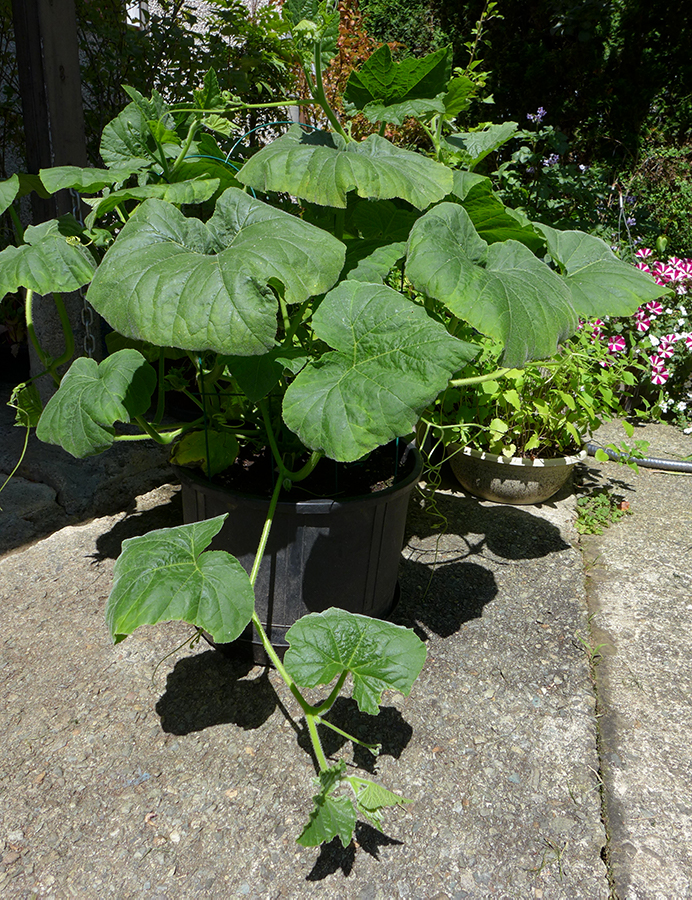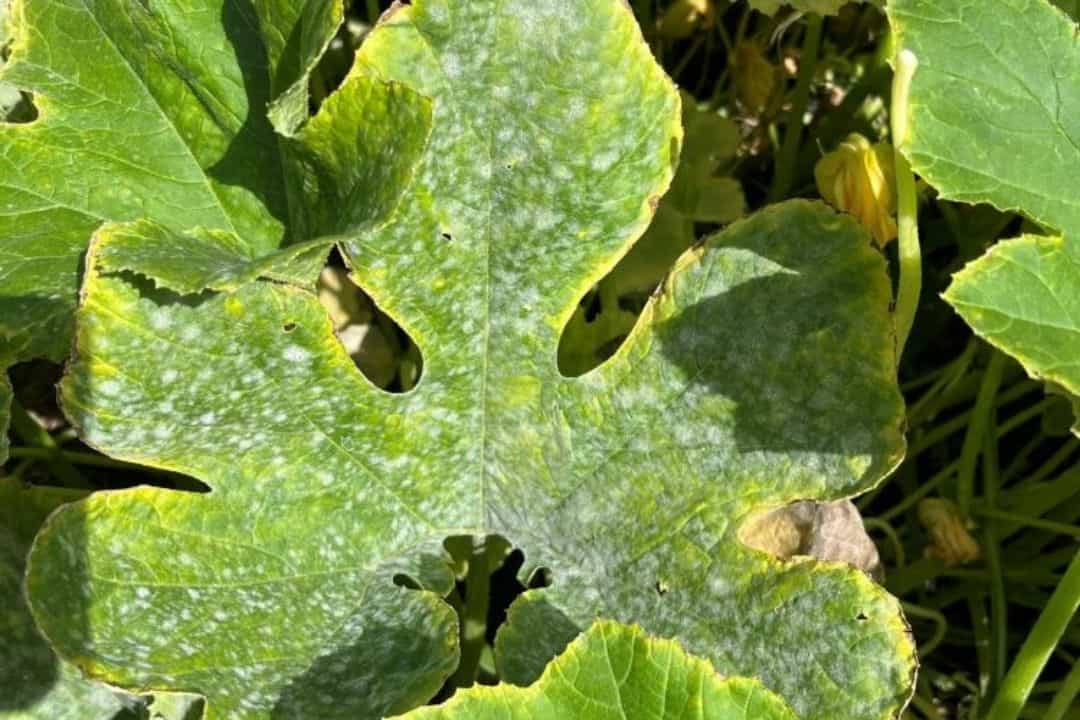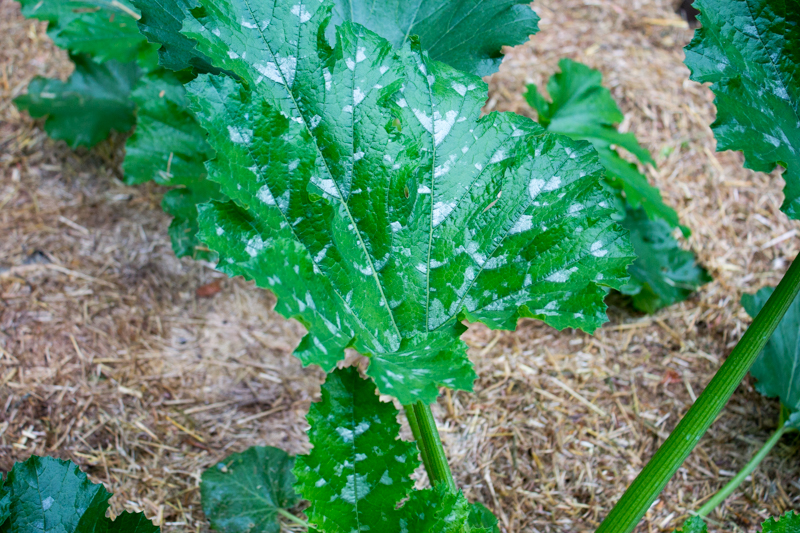Protecting Your Squash and Cucumbers from Powdery Mildew

Squash and cucumbers are beloved garden staples, cherished for their crunchy texture, cool taste, and adaptability in everything from fresh salads to pickles and cooked meals. Yet, these plants are vulnerable to a widespread fungal threat known as powdery mildew, which can drastically reduce harvests and weaken plant vitality. This disease manifests as a white, powder-like coating on leaves, stems, and occasionally fruits, spreading swiftly when conditions are right. Thankfully, powdery mildew can be largely avoided through vigilant care. This guide outlines proven tactics to keep your squash and cucumber crops healthy, productive, and free from fungal damage.
What is Powdery Mildew?
Powdery mildew stems from a group of fungi that flourish in warm, dry environments with elevated humidity. Unlike many fungal infections, it doesn’t need water droplets on leaves to take hold; it disperses easily via wind, insects, and contaminated gardening tools.
Typical Symptoms:
- White or grayish powdery patches on foliage and stems
- Leaves turning yellow or brown
- Leaves becoming misshapen or smaller than usual
- Diminished fruit size and quality if the infection spreads extensively
Early intervention is crucial because once powdery mildew sets in, it becomes challenging to control without repeated treatments.
1. Select Resistant Varieties

Why This Helps:
Certain squash and cucumber cultivars have been developed to resist powdery mildew, lowering the chance of infection.
Recommended Cultivars:
- Cucumbers: ‘Marketmore 76,’ ‘Diva,’ and ‘Avalon’
- Summer squash: ‘Enterprise,’ ‘Lioness,’ and ‘Prestige’
- Winter squash: ‘Butternut Waltham’ and ‘Sweet Mama’
Implementation Tips:
- Look for mildew resistance information on seed packets or supplier catalogs.
- Rotate resistant varieties each growing season to minimize disease buildup.
- Note: Even resistant plants benefit from good gardening practices, as resistance reduces but doesn’t eliminate risk.
2. Enhance Plant Spacing and Air Circulation

Why It Matters:
Powdery mildew thrives in crowded, stagnant air environments where humidity is high. Improving airflow and spacing curbs fungal growth and spread.
Practical Advice:
- Space plants about 2 to 3 feet apart.
- Use trellises to train vines upward, boosting air movement.
- Prune lower or dense foliage to allow sunlight and breeze to penetrate the canopy.
- Bonus: Better ventilation also helps prevent other fungal and bacterial diseases, promoting overall plant health.
3. Practice Smart Watering

Why It’s Important:
While powdery mildew doesn’t require wet leaves to infect, damp foliage can encourage other fungal problems and stress plants, making them more vulnerable.
Best Practices:
- Employ drip irrigation or soaker hoses to deliver water directly to the soil, keeping leaves dry.
- Water early in the day to let moisture soak in and reduce humidity around the plants.
Keep Soil Moisture Steady to Avoid Plant Stress
- Use mulch around your plants to lock in moisture and cool the root zone. This simple step helps reduce stress, which can otherwise make plants more vulnerable to fungal diseases.
4. Use Preventive Treatments
Why It Helps
- Applying preventive sprays forms a protective shield on leaves, lowering the chance of powdery mildew.
- Opt for natural or organic sprays, especially in home gardens, to keep your plants safe and healthy.
Effective Preventive Sprays:
- Neem oil: Interrupts fungal development while being harmless to beneficial insects.
- Baking soda spray: Combine 1 tablespoon baking soda, 1 teaspoon mild soap, and 1 quart water; apply weekly.
- Milk spray: Dilute milk with water at a 1:10 ratio and spray leaves; research shows it can inhibit fungal growth.
- Potassium bicarbonate: A strong fungicide alternative for early-stage prevention.
Application Tips:
- Thoroughly coat both the tops and undersides of leaves.
- Start treatments early in the growing season, especially when humidity is high.
- Reapply after rainfall or watering to maintain protection.
- Combine sprays with good gardening practices like proper spacing and airflow for best results.
5. Rotate Your Crops
Why Rotate?
- Powdery mildew spores can linger in soil and plant debris for several seasons.
- Changing crop locations disrupts the buildup of fungal pathogens.
How to Rotate:
- Avoid planting cucumbers, squash, or other cucurbits in the same spot year after year.
- Alternate with non-cucurbit crops such as legumes, leafy greens, or root vegetables.
- Clear and compost plant debris at season’s end to reduce spore presence.
- Crop rotation also combats other soilborne pests and diseases, promoting long-term garden vitality.
6. Promote Plant Health
Why It Matters
- Robust plants resist powdery mildew better.
- Stress from poor soil, pests, or improper care increases susceptibility.
Best Practices:
- Fertilize based on soil test results; avoid excess nitrogen which encourages mildew-friendly leafy growth.
- Regularly inspect plants for early signs of infection or pests.
- Remove infected leaves promptly to stop spores from spreading.
- A comprehensive approach—healthy soil, correct watering, and timely pruning—naturally lowers disease risk.
7. Use Companion Planting
Benefits:
- Certain companion plants can reduce humidity, repel pests, and inhibit fungal growth near cucurbits.
Recommended Companions:
- Basil and oregano: Fragrant herbs that deter pests and improve airflow.
- Marigolds: Help reduce some fungal pathogens and attract beneficial insects.
- Nasturtiums: Act as pest traps, protecting cucumbers and squash.
Implementation:
- Plant companions along garden edges or interspersed among cucurbits.
- Combine with vertical growing techniques to boost airflow and sunlight exposure.
- Companion planting also enhances biodiversity and supports pollinators.
Conclusion
Powdery mildew can significantly damage squash and cucumber crops, lowering both yield and fruit quality if not managed properly.
Effective management of this widespread fungal issue is achievable through proactive measures. Essential approaches include:
- Selecting disease-resistant plant varieties that thrive in your local environment
- Arranging plants to maximize airflow and minimize moisture buildup
- Employing efficient watering techniques such as drip irrigation combined with mulching
- Using preventive sprays like neem oil, baking soda solutions, or milk-based treatments
- Practicing crop rotation and maintaining cleanliness in the garden
- Supporting plant vigor with well-balanced fertilization
- Incorporating companion plants to improve air circulation and naturally repel pests
By adopting these integrated strategies, gardeners can nurture robust squash and cucumber crops, secure abundant yields, and reduce dependence on chemical fungicides. Consistent vigilance, prevention, and attentive care are vital to sustaining healthy cucurbit growth throughout the season.
Powdery Mildew Overview
- Fungal disease causing white powdery spots on leaves, stems, and fruits
- Thrives in warm, dry climates with high humidity; spreads via wind, insects, and tools
- Early prevention is crucial as it’s hard to eradicate once established
1. Choose Resistant Varieties
- Use mildew-resistant squash and cucumber varieties (e.g., ‘Marketmore 76,’ ‘Diva,’ ‘Enterprise’)
- Rotate resistant varieties annually to reduce disease pressure
- Resistance lowers risk but doesn’t eliminate it
2. Optimize Plant Spacing and Airflow
- Space plants 2–3 feet apart and train vines vertically
- Prune crowded growth to improve sunlight and airflow
- Reduces humidity and fungal spread
3. Water Wisely
- Use drip irrigation or soaker hoses to avoid wetting leaves
- Water early morning to reduce humidity around foliage
- Mulch to retain soil moisture and reduce plant stress
4. Apply Preventive Treatments
- Use natural sprays like neem oil, baking soda solution, milk spray, or potassium bicarbonate
- Spray both leaf surfaces early and reapply after rain
- Combine with cultural practices for best results
5. Rotate Crops
- Avoid planting cucurbits in the same spot yearly
- Rotate with legumes, leafy greens, or root vegetables
- Remove and compost plant debris to minimize spores
6. Maintain Healthy Plants
- Fertilize based on soil tests; avoid excess nitrogen
- Inspect regularly and remove infected leaves promptly
- Healthy plants resist mildew better
7. Companion Planting
- Plant basil, oregano, marigolds, and nasturtiums to deter pests and improve airflow
- Interplant or border cucurbits with companions
Conclusion
- Powdery mildew reduces yield and quality but is manageable with proactive care
- Key strategies: resistant varieties, proper spacing, wise watering, preventive sprays, crop rotation, plant health, and companion planting
- Consistent prevention and vigilance ensure healthy, productive squash and cucumber crops
